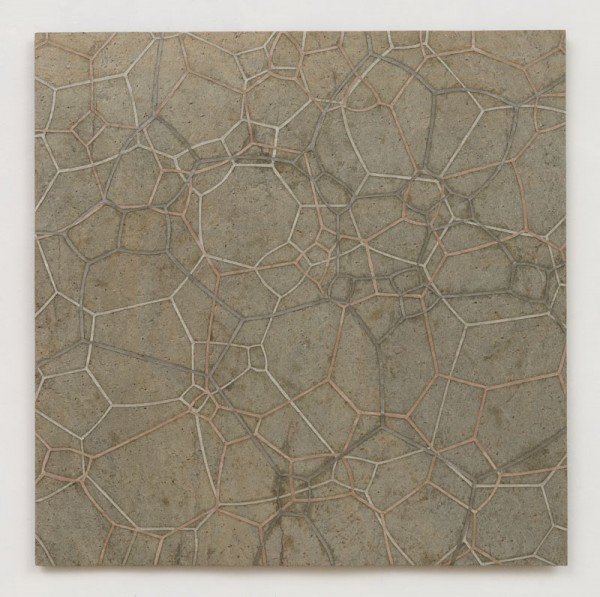Swiss mathematician Jean-Louis Nicolet argues that the mind does not instinctively grasp scientific principles through the conscious study of formulas. True scientific understanding begins with an intuitive process that unites direct apprehension of the natural world with our own internal associations, knowledge we may not even be aware we possess.
Perhaps certain natural forms resonate deeply with us because they spark more of these unconscious associations. For me, one of the strongest resonant visual frequencies is the structure of foams, which occur throughout the universe at every scale from the clustering of galaxies to the growth of sea sponges.
Even the most familiar foam – a cluster of soap bubbles – is an unstable configuration that challenges us to perceive – or, as Nicolet might argue, to recognize — its underlying architecture. We are hard-wired to seek out visual pattern, yet patterns that are easy to discern do not hold our attention. When confronted by complex, hybrid forms that refuse to resolve into a predictable arrangement, our neural pathways remain excited, questioning, alive.
The search itself poses another question: do we find order in the universe or impose our expectations of order upon it? Scientists are now discovering that even at the cellular level, randomness plays a large, perhaps even dominant role. Does this visual amalgam of randomness and order remind us of something we have long understood about the natural world, even if we don’t yet know that we know it?
“Chaos is perhaps at the bottom of everything: which would explain why perfect order is so rare and precarious. Even when conquered by form in some particular, chaos revenges itself and proves its fundamental dominance by besieging that form . . . until the form dissolves . . . . Hence we may say paradoxically that a fresh recognition of chaos at the heart of nature may mark an advancement in science. It will mark, at least, a closer view of the facts, rendering our preconceptions more consciously human. If study thereafter results in a new conception that seems clear and sufficiently true, we shall say that the order of nature has been more accurately revealed; if we remain perplexed and baffled, we shall at least have become aware of the abyss between our thoughts and their object.”
George Santayana

